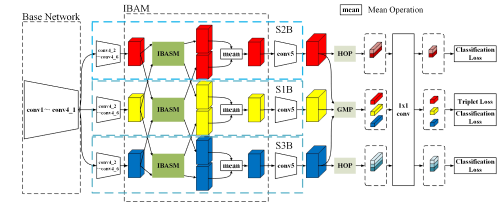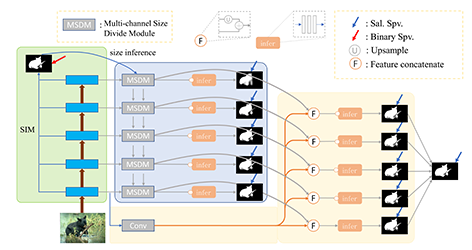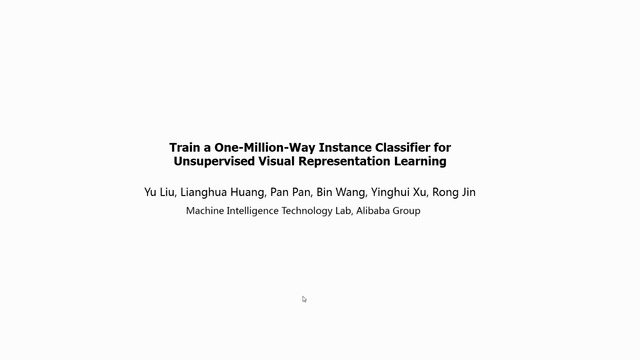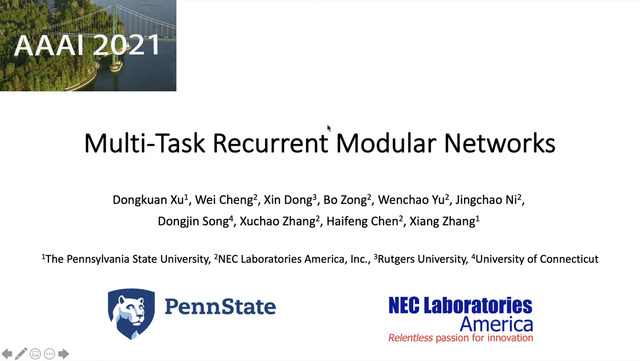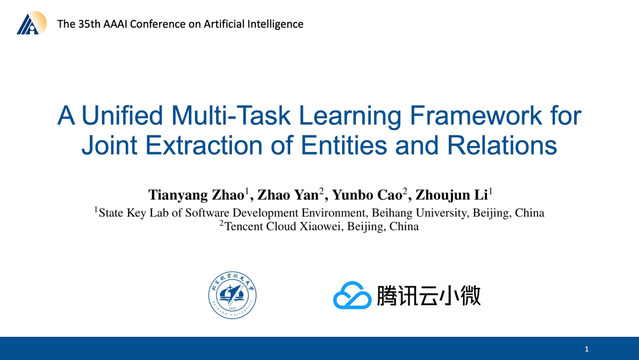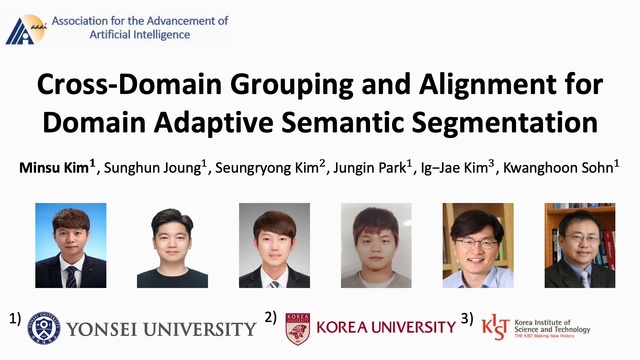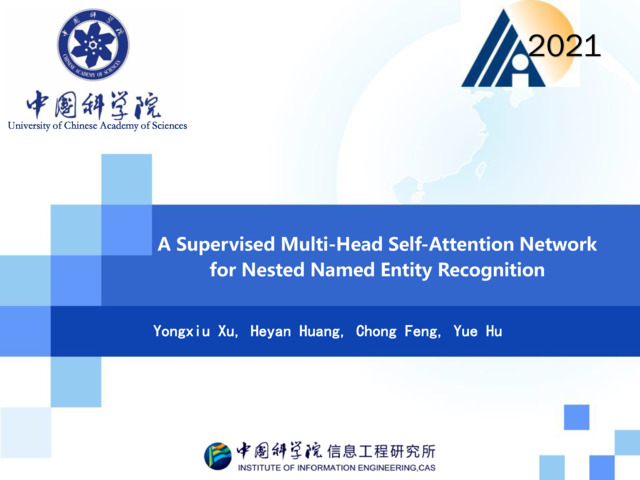Abstract:
Most existing Person Re-identification (Re-ID) models aim to learn global and multi-granularity local features by designing a multi-branch structure and performing a uniform partition with the various number of divisions in different branches. However, the uniform partition is likely to separate meaningful regions in a single branch, and interaction between various branches disappeared after the split. In this paper, we propose the Branch Interaction Network (BIN), a multi-branch network architecture with three branches for learning coarse-to-fine features. Instead of traditional uniform partition, a horizontal overlapped division is employed to make sure essential local areas between adjacent parts are covered. Additionally, a novel attention module called Inter-Branch Attention Module (IBAM) is introduced to model contextual dependencies in the spatial domain across branches and learn better shared and specific representations for each branch. Extensive experiments are conducted on three mainstream datasets, i.e., DukeMTMC-reID, Market-1501 and CUHK03, showing the effectiveness of our approach, which outperforms the state-of-the-art methods. For instance, we achieve a top result of 90.50% mAP and 92.06% rank-1 accuracy on DukeMTMC-reID with re-ranking.
